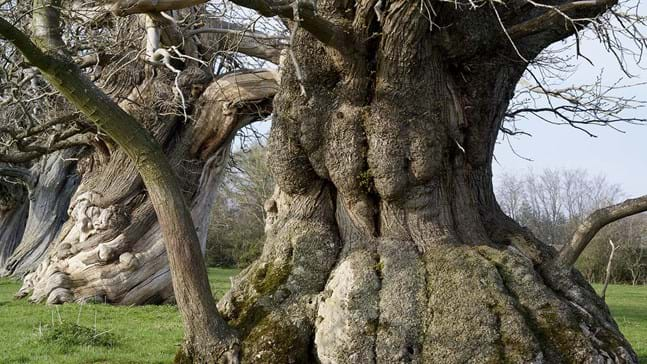
Credit: John Waters / naturepl.com
Designations or special features
Check if your site has a statutory designation, such as SSSI (Site of Special Scientific Interest). You can check using Natural England’s Magic Map or contact your local authority. Get in touch with your county archaeologist to find out if there are any heritage designations, such as a Scheduled Ancient Monument.








